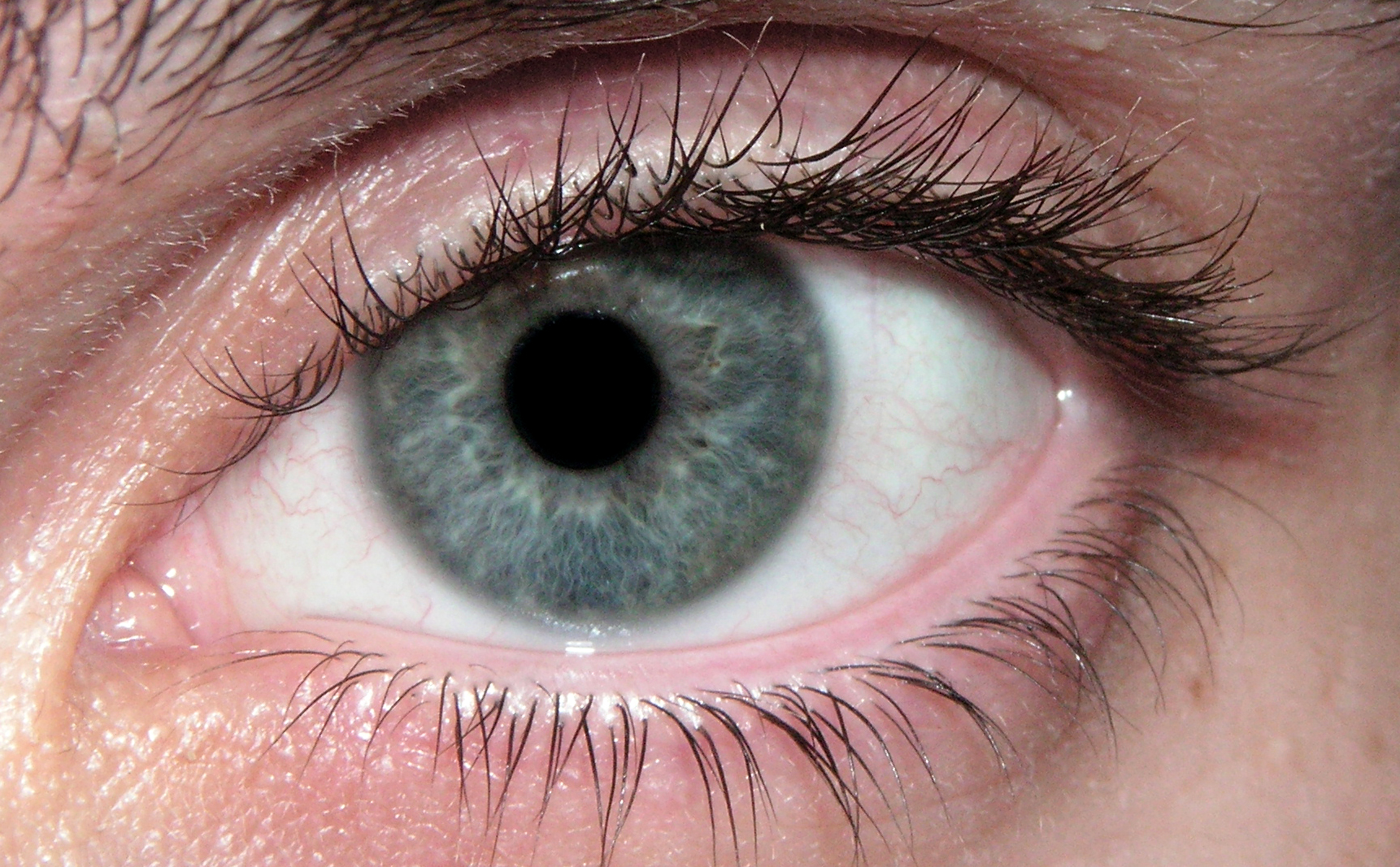Forensic scientists can tell an amazing amount about what a
person looked like by examining his skeletal remains. Even heavily decomposed
bodies can allow scientists to reconstruct the appearance of the diseased
person with a fair amount of precision. In particular, we now have highly
predictive DNA markers for hair and eye color. Researchers from the Institute
of Forensic Research in Poland and from Erasmus MC University Medical Center Rotterdam
decided to use the same techniques to determine the eye and hair color of long
dead people.
 First, the researchers perfected the IrisPlex system, a
compilation of six snippets of DNA known to be involved in eye color. When
tested on close to 4,000 modern Europeans, the IrisPlex system accurately
predicted whether the person had blue or brown eyes 94% of the time. They
combined this test with markers for hair color to create the HIrisPlex system.
The accuracy rate of this system in identifying the hair color of over 300
modern people was 69.5% for blonds, 78.5% for brunettes, 80% for gingers and
87.5% for people with black hair (is there a name for such individuals? Leave
me a comment if you know of one!).
First, the researchers perfected the IrisPlex system, a
compilation of six snippets of DNA known to be involved in eye color. When
tested on close to 4,000 modern Europeans, the IrisPlex system accurately
predicted whether the person had blue or brown eyes 94% of the time. They
combined this test with markers for hair color to create the HIrisPlex system.
The accuracy rate of this system in identifying the hair color of over 300
modern people was 69.5% for blonds, 78.5% for brunettes, 80% for gingers and
87.5% for people with black hair (is there a name for such individuals? Leave
me a comment if you know of one!).
Next, the scientists collected DNA from twenty-six tooth and
bone samples. Most were from people who had died within the last century, but a
few were from people known to have lived over 700 years ago. The HIrisPlex
system successfully yielded eye and hair color results for all these individuals.
Unfortunately, because the actual appearance of all but one
of the individuals was not known, this set of experiments did not independently
verify the accuracy of the HIRisPlex system. The authors assumed that the error
rate for the skeletal remains was the same as for the living Europeans
mentioned above. Instead, this study simply demonstrated that it is possible to use the HIrisPlex system on ancient bones from which only degraded
fragments of DNA can be obtained.







